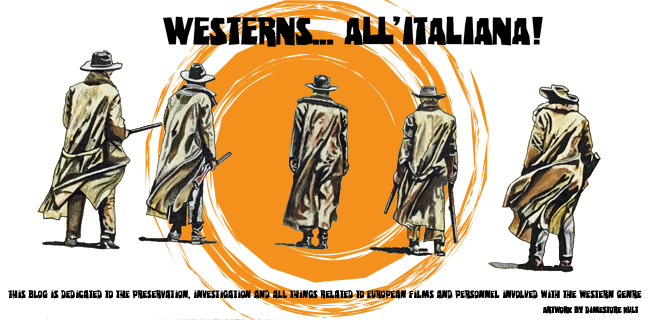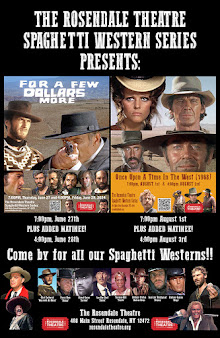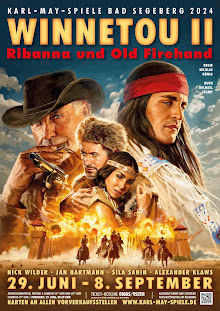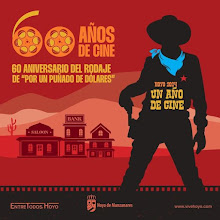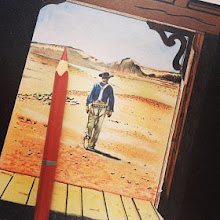Sunday, October 31, 2021
𝗖𝗹𝗶𝗻𝘁 𝗘𝗮𝘀𝘁𝘄𝗼𝗼𝗱: 𝗪𝗵𝘆 𝗛𝗶𝘀 𝗘𝗮𝗿𝗹𝘆 𝗪𝗲𝘀𝘁𝗲𝗿𝗻𝘀 𝗟𝗶𝗸𝗲 ‘𝗙𝗶𝘀𝘁𝗳𝘂𝗹 𝗼𝗳 𝗗𝗼𝗹𝗹𝗮𝗿𝘀’ 𝗪𝗲𝗿𝗲 𝗠𝗮𝗱𝗲 𝗶𝗻 𝗜𝘁𝗮𝗹𝘆 𝗮𝗻𝗱 𝗦𝗽𝗮𝗶𝗻
Old Western
By Alananah AvaHaven
October 27, 2021
Enter Italian filmmaker Sergio Leone, who Back in the 1960s, Hollywood star Clint Eastwood traveled to Europe to star in A Fistful of Dollars, which was a breakthrough role for the actor.
After numerous bit roles on television and in movies, he earned his first major television role on Rawhide in 1958. As character Rowdy Yates, Eastwood and the rest of the cast had years of success with the show. However, the actor grew to despise his character’s clean-cut persona, and he wanted to branch oin the early ’60s was a relatively unknown director. He signed Eastwood to be the star of his upcoming movie for $15,000 for 11 weeks of filming. In addition, Eastwood would earn a Mercedes-Benz car upon completion of filming. Eastwood later spoke about his transition from a popular western on TV to A Fistful of Dollars.
“In Rawhide I did get awfully tired of playing the conventional white hat. The hero who kisses old ladies and dogs and was kind to everybody. I decided it was time to be an antihero,” Eastwood recalled.
Neither the director nor his star actor could’ve envisioned the success of the film. Each of their careers took off after its release. Additionally, Clint Eastwood broke out of his television mold, just like he wanted to. In fact, Eastwood played an important part in creating his mysterious antihero character’s distinctive visual style.The movie became a defining film of what came to be known as Italian Westerns or Spaghetti Westerns. Eastwood became a huge star in Italy, and Leone rehired the actor to lead two more films that would make up The Man With No Name trilogy. They include A Fistful of Dollars (1964), For a Few Dollars More (1965), and The Good, the Bad, and the Ugly (1966).
Most of the Italian Westerns filmed in the ’60s and ’70s were created on extremely low budgets. To aid in keeping the costs at a minimum, directors utilized Cinecittà studios for filming – a huge 99-acre film studio in Rome, Italy. They also used geographic regions in Europe that mirrored those of the western United States. This was key considering that’s where the western-themed movies were supposed to take place.
Instead of shipping the cast and crew overseas, Italian Western filmmakers used various locations in southern Italy and Spain. Most of the films take place in dry landscapes and deserts of the American Southwest and Northern Mexico.
Therefore, Leone filmed Clint Eastwood and the rest of the cast in Spain for most outdoor scenes. The Tabernas Desert in the Province of Almería in southeastern Spain was the perfect alternative for their trilogy. Not only did it parallel the western settings, but it saved tons of money, which was often scarce to begin with.
The success of Leone’s movies created a whole new subgenre of westerns, which were heavily copied around that time. The popularity of the films allowed the director to finally create his magnum opus: Once Upon a Time in the West. With a much larger budget, and a star-studded cast (Eastwood not included), Leone’s epic 1968 masterpiece was the peak of Italian Western filmmaking.
By the mid-1970s, the subgenre had faded away almost as quickly as it came about. However, Sergio Leone and Clint Eastwood’s work still impacts filmmakers to this very day. Look no further than Quentin Tarantino’s body of work, and Italian Westerns’ influence on modern cinema is clearly still prominent.
Who Are Those Composers ~ Bruno Zambrini
Bruno Zambrini was born in Francavilla al Mare, Chieti. Italy. In a very long and varied career, Bruno has written some of the greatest hits of artists such as Domenico Modugno, Gianni Morandi, Mina and Patty Pravo; he has also written numerous soundtracks, including almost all those of Fantozzi's films, collaborating extensively with Neri Parenti and later with Fausto Brizzi.
At the Zecchino d'Oro he participates with "Il sorpassista", presented at the 13th edition.
He co-contributed the score for one Euro-western to the genre: “Behold the Strange, Stimulating Smell of Dollars” (1973)
ZAMBRINI, Bruno (aka Nartefer) [4/5/1935, Francavilla al Mare, Chieti. Italy - ] – producer, composer, author.
Behold the Strange, Stimulating Smell of Dollars – 1973 (co)
